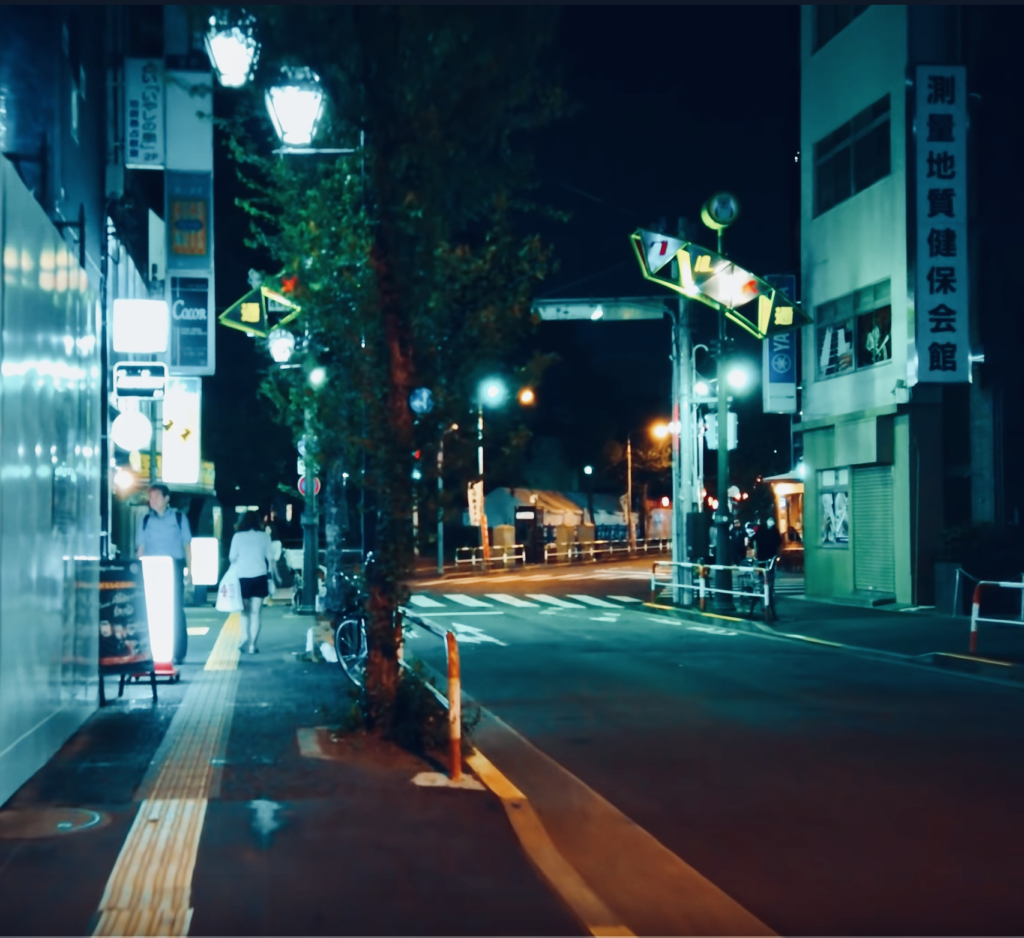Here is what I’ve read in 2021. So now you can do the thing where you look at someone’s shelves and judge them.
I can’t guarantee I didn’t forget anything, but this should be every ebook I read, and every physical book I’ve mentioned on Lines or this blog or Instagram, or is sitting in a place that reminds me that I’ve read it this year. There may be some additional ones (especially re-reads) that I just didn’t mention anywhere.
Rereads are in red, favorites in bold.
Magazines / Zines:
- Black Panels Only
- Computer Music
- Electronic Sound
- Waveform
Non-Fiction
- Bullshit Jobs
- Cracked Media
- Drone and Apocalypse: An Exhibit Catalog for the End of the World
- How To: Absurd Scientific Advice for Common Real-World Problems
- Microsound
- Monolilthic Undertow
- Musimathics Vol. 2
- Solutions and Other Problems
- The Beep Book
- The Little Book of Stoicism
- The Order of Time
- The Organized Mind: Thinking Straight in the Age of Information Overload
- Thinking, Fast and Slow
- Until the End of Time
SF + Fantasy (individual books)
- A Psalm for the Wild-Built
- Autonomous
- Bacchanal
- Black Sun
- City
- Constance
- Cytonic (Skyward #3)
- Gearbreakers
- Glow
- Hard Reboot
- Howl’s Moving Castle
- Innate Magic
- Nophek Gloss
- Requiem Moon (Scarlet Odyssey Book 2)
- Solid State Memories
- Song of the Forever Rains
- Star Mother
- The Galaxy, and the Ground Within (Wayfarers #4)
- The Inheritance of Orquidea Divina
- The Lost Books of the Odyssey
- Tithe (Modern Faerie Tales #1)
- Victories Greater than Death
- Wings of Fury
Trilogies / Series:
- Alchemy Wars (The Mechanical, The Rising, The Liberation)
- Aurora Cycle (Aurora Rising, Aurora Burning)
- (I have Aurora’s End on my Kindle, as yet unread)
- D.O.D.O. (The Rise and Fall of D.O.D.O., Master of Revels)
- Embers of War (Embers of War, Fleet of Knives)
- Empire Games (Empire Games, Dark State, Invisible Sun)
- Greatwinter (Souls in the Great Machine, The Miocene Arrow, Eyes of the Calculor)
- Lord of the Rings & The Silmarillion
- The Murderbot Diaries (All Systems Red, Artificial Condition, Rogue Protocol, Exit Strategy, Network Effect, Fugitive Telemetry)
- Nanotech Succession (Tech-Heaven, The Bohr Maker, Deception Well, Vast)
- Southern Reach (Annihilation, Authority, Acceptance)
- Spectres
- (currently reading Composing/Listening; also have Resonances, Ghosts in the Machine)
- Teixcalaan (A Memory Called Empire, A Desolation Called Peace)
- The Red (First Light, The Trials, Going Dark)
On the u-bass front, I feel like things are moving fast. I adjusted the truss rod (something I’ve never done before, and I didn’t even know what it was for or that it existed until recently) to reduce buzzing on lower notes on the two lowest strings. I wasn’t super confident about it and didn’t want to apply much force — I feel like a little farther would have nailed it but it resisted turning, so I stopped.
And then I decided to go ahead and put the Thunderblack strings on. It wasn’t hard, except getting the little back panel off without fingernails (it hides the lower end of the strings under the bridge), and remembering that the top two strings need to wrap around the “inside” of their tuners, in the opposite direction from the lower two strings. From online tutorials I’ve seen three different ways people string their u-basses, including some ridiculous sailors’ knots and so on, but these were already trimmed to the exact right length for the simplest and neatest style.
Those strings do certainly feel a bit more sticky than the flat-wounds, not super easy to slide with. But I really do like the sound. I might switch to Pahoehoe strings (slicker, less stable tuning but that same mellow sound), or wait to see what reviewers think of the updated Thunderblack formulation over the next several weeks.









